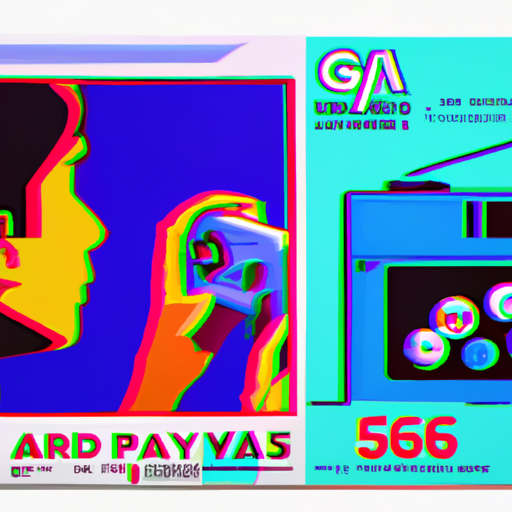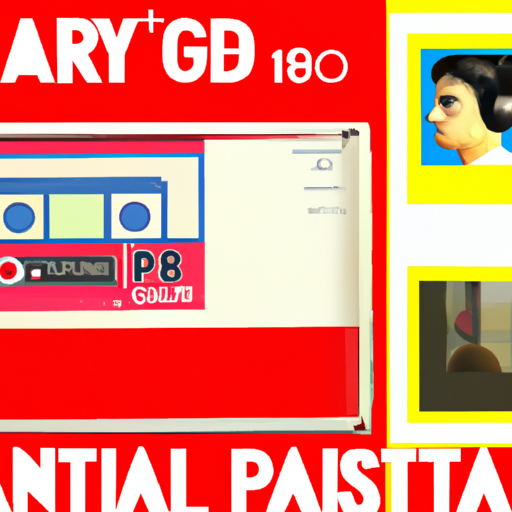
-
Table of Contents
Package Design for Retro Gaming: Nostalgia Reimagined

In recent years, there has been a resurgence of interest in retro gaming. People are rediscovering the joy of playing classic video games from their childhood, and this has created a demand for retro gaming consoles and accessories. One aspect of retro gaming that often gets overlooked is the package design. The packaging of a product plays a crucial role in attracting consumers and creating a memorable experience. In this article, we will explore the importance of package design for retro gaming and how it can evoke nostalgia in consumers.
The Power of Nostalgia
Nostalgia is a powerful emotion that can transport us back to a different time and place. It is a longing for the past, a yearning for the familiar. Retro gaming taps into this nostalgia by allowing people to relive their childhood memories and experience the games that shaped their youth. Package design plays a vital role in this process by creating a visual representation of the past.
When designing packaging for retro gaming products, it is essential to understand the target audience. Most retro gamers are adults who grew up playing video games in the 80s and 90s. They have a deep emotional connection to these games and the memories associated with them. By incorporating elements from the past, such as retro fonts, pixel art, and vibrant colors, package designers can evoke a sense of nostalgia in consumers.
Case Study: Nintendo NES Classic Edition
A prime example of successful package design for retro gaming is the Nintendo NES Classic Edition. Released in 2016, this miniaturized version of the original Nintendo Entertainment System became an instant hit among retro gamers. The packaging of the NES Classic Edition played a significant role in its success.
The box design of the NES Classic Edition is a homage to the original NES packaging from the 80s. It features the iconic black background with a vibrant image of the console and controllers. The use of retro fonts and colors further enhances the nostalgic appeal. Opening the box reveals the console and controllers neatly arranged, reminiscent of the excitement of unboxing a new game console in the past.
The success of the NES Classic Edition can be attributed, in part, to its packaging. It not only appealed to the target audience but also created a sense of anticipation and excitement. The package design effectively communicated the retro gaming experience that consumers were seeking.
Creating a Memorable Unboxing Experience
Unboxing a new product can be an exciting experience, and package design plays a crucial role in creating that sense of anticipation and delight. For retro gaming products, the unboxing experience is an opportunity to transport consumers back in time and recreate the joy they felt when opening a new game as a child.
One way to enhance the unboxing experience is through the use of retro-inspired packaging materials. For example, using cardboard boxes instead of plastic clamshell packaging can evoke memories of opening game cartridges. Including retro-themed inserts, such as instruction manuals or posters, can further enhance the nostalgic appeal.
Another important aspect of the unboxing experience is the presentation of the product itself. Retro gaming consoles and accessories should be displayed in a way that mimics the way they were presented in the past. For example, arranging the console and controllers in a tray with a clear plastic cover can recreate the feeling of opening a new game console from the 80s.
Stand Out on Store Shelves
In a crowded marketplace, it is essential for retro gaming products to stand out on store shelves. Package design plays a crucial role in catching the consumer’s attention and enticing them to pick up the product. By incorporating elements of nostalgia, package designers can create a visual identity that sets the product apart from its competitors.
One effective way to stand out on store shelves is through the use of vibrant colors. Retro gaming is often associated with bright and bold color palettes, and incorporating these colors into the packaging can make the product visually appealing. Additionally, using retro fonts and pixel art can create a unique and eye-catching design.
Another strategy to consider is the use of limited edition packaging. Retro gaming enthusiasts are often collectors, and limited edition packaging can create a sense of exclusivity and urgency. For example, releasing a retro gaming console with packaging that mimics the design of a classic game can generate excitement among collectors.
Conclusion
Package design for retro gaming is an essential aspect of creating a memorable and nostalgic experience for consumers. By tapping into the power of nostalgia, package designers can evoke emotions and memories associated with classic video games. The success of products like the Nintendo NES Classic Edition demonstrates the impact that package design can have on the retro gaming market.
When designing packaging for retro gaming products, it is crucial to understand the target audience and incorporate elements from the past. Creating a memorable unboxing experience and standing out on store shelves are also key considerations. By combining these strategies, package designers can create a visual identity that captures the essence of retro gaming and appeals to the nostalgia of consumers.
